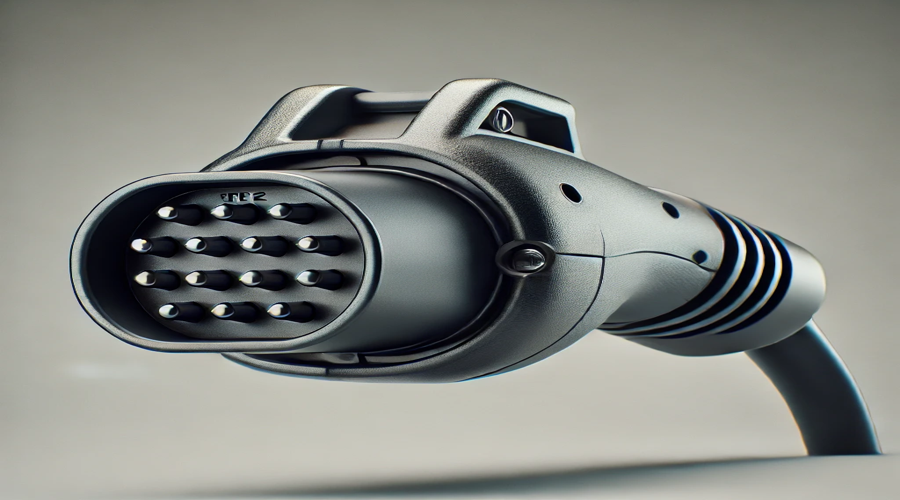The absence of an official charging infrastructure standard creates uncertainty in Ecuador’s EV market.
Private sector players are taking a proactive role in standardization, favoring the Type 2 connector, although other options remain under consideration.
Despite this consensus among companies and dealerships, the country still lacks clear regulations, which could impact the growth of electromobility.
Ecuador’s Lack of a Unified Standard
Unlike other countries in the region, Ecuador does not have a regulation defining an official connector for EV charging. Currently, multiple standards coexist, including Type 1, Type 2, GBT, CHAdeMO, and CCS.
In this scenario, Type 2 is the most common connector due to its widespread use in Europe and compatibility with existing infrastructure.
The Ecuadorian Association of Automotive Companies (AEADE) plays a key role in advocating for charging infrastructure regulations.
Upcoming guidelines on connector standardization are expected.
One of the current challenges is the importation of EVs with different connectors.
Some Chinese brands ship vehicles without the option to change the socket, complicating compatibility with local infrastructure.
The Ecuadorian government’s inaction on this issue is partly due to the current political climate. The presidential elections and an ongoing energy crisis have pushed charging infrastructure regulation to the background.
How Charging Infrastructure Companies Manage Without Regulations
According to Patricio Andrade Hidalgo, Sales Marketing Manager at Mevo Mobility, the company actively collaborates with the municipalities of Quito and Guayaquil, providing technical and regulatory advice to boost electromobility.
Mevo Mobility supplies brands with adapters and chargers, mainly for Type 2 and GBT connectors, two of the most widely used in Ecuador.
Charging Infrastructure: The Expansion Challenge
Ecuador has approximately 100 charging points nationwide, according to AEADE. However, the infrastructure is concentrated in Quito, Guayaquil, and Cuenca, leaving limited options in other areas.
Beyond the lack of a standard, another challenge is the rise of uncertified installers, which could lead to connection failures and safety issues.
The Ecuadorian Institute for Standardization (INEN) is working with municipalities, AEDIVE, and dealerships to regulate the market and ensure installations meet proper standards.
Currently, charging power in Ecuador ranges from 7.2 to 50 kW, though some stations offer CHAdeMO and CCS, technologies that are not yet widely adopted in the country.
Cities Drive Type 2 Adoption
Quito’s municipality is leading the way. It is developing an ordinance to promote electromobility, which includes standardizing the Type 2 connector and offering financial incentives for investments in charging infrastructure and electric public transport.
The city has the highest number of charging points in the country (54 stations), strategically located in El Condado, La Carolina, Cumbayá, and Sangolquí, where Type 2 is the dominant connector.
In Guayaquil, which has 16 charging points, Type 2 is also prevalent, though municipal standardization policies have not progressed as much.
Cuenca, with 10 charging stations, still sees multiple connectors coexisting, mainly Type 1 and Type 2, though some stations also offer GBT.







